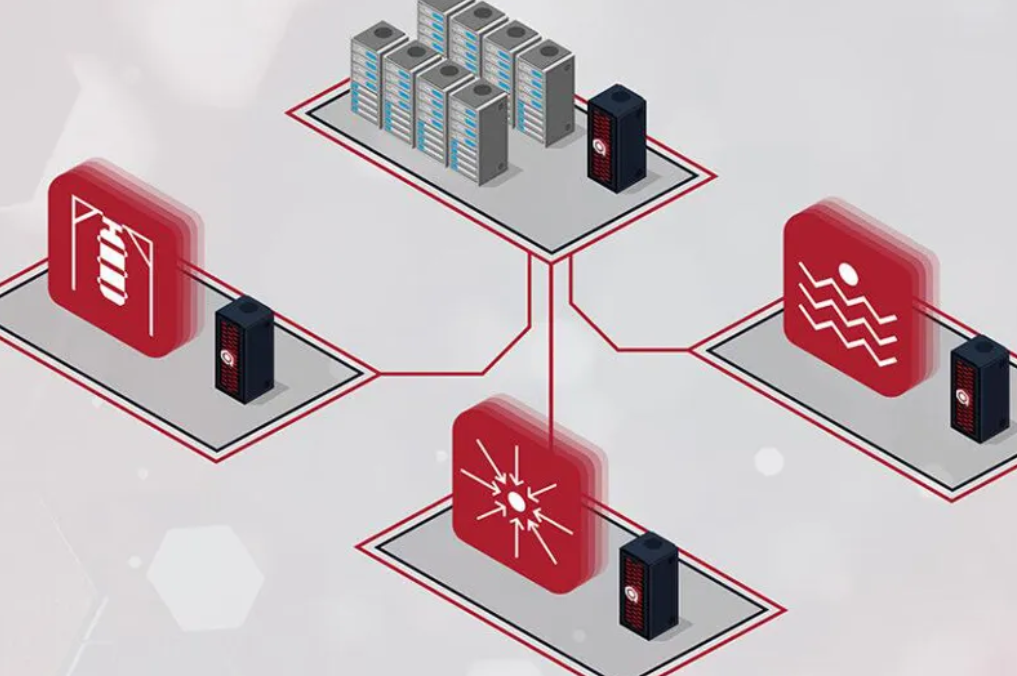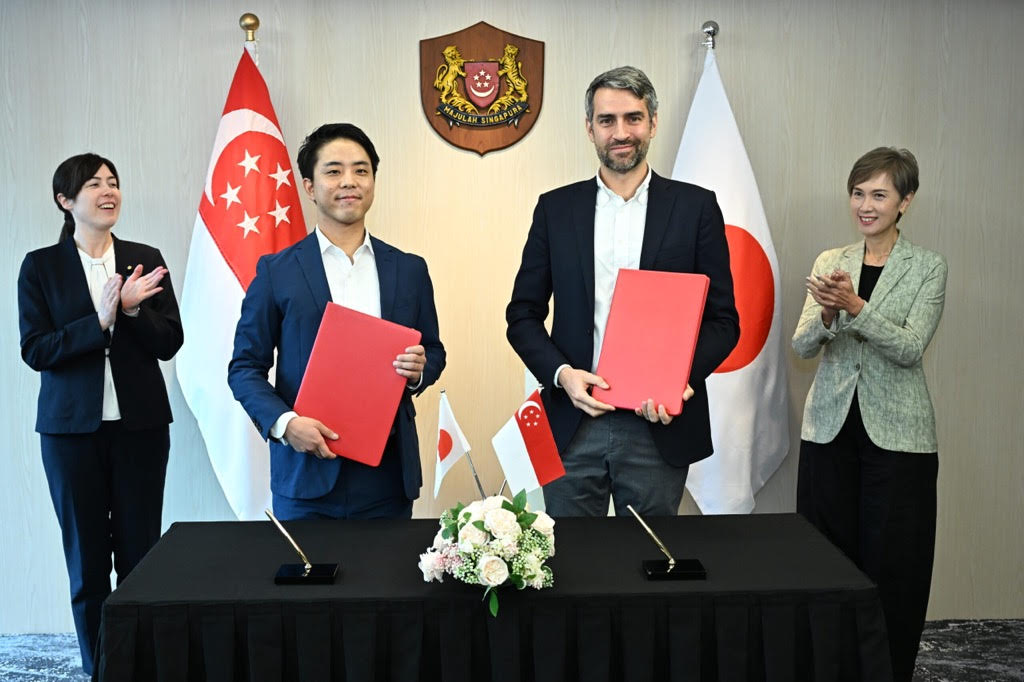Insider Brief:
- Researchers from JPMorgan Chase, Amazon Quantum Solutions Lab, and Caltech introduced a decomposition pipeline to address scalability challenges and computational complexity in large-scale portfolio optimization.
- The study highlights that portfolio optimization, a key process in financial management, involves handling mixed-integer programming (MIP) problems, which become exponentially harder as the size of assets and constraints increase.
- The proposed decomposition pipeline breaks down large-scale optimization problems into smaller, manageable subproblems, allowing for more efficient solving using both classical and quantum techniques, potentially reducing computational complexity.
- While the pipeline shows promising results in improving computation times for classical algorithms and scalability, the researchers acknowledge the current limitations of quantum technology, such as the limited number of qubits and the need for better error correction.
In a recent arXiv preprint, researchers from JPMorgan Chase, Amazon Quantum Solutions Lab, and Caltech introduced a decomposition pipeline designed for large-scale portfolio optimization, designed to assist financial institutions in handling complex constrained optimization problems. As noted in the study, this pipeline addresses scalability challenges and reduces computational complexity to support the use of quantum computing applications in the financial sector.
The Inherent Complexity of Portfolio Optimization
Portfolio optimization is a central process used in financial management, where the goal is to allocate assets in a way that maximizes returns while minimizing risks. As noted in the study, it is widely used by financial institutions to make informed decisions about how to invest capital, manage risk, and rebalance portfolios. The complexity of PO arises from the need to handle large-scale, real-world problems that involve thousands of assets and constraints, such as risk exposure limits and minimum or maximum asset allocation.

At the heart of portfolio optimization is mixed-integer programming, a type of optimization that combines integer variables—necessary for representing assets that can only be traded in discrete quantities—and continuous variables. MIP problems such as those found in portfolio optimization, as noted in the study, are notoriously difficult to solve, especially as the size of the problem increases. As the number of assets and constraints grow, the problem becomes exponentially harder, which creates computational challenges for traditional solvers.
The researchers proposes a decomposition approach to address these challenges. By breaking down large-scale portfolio optimization problems into smaller, constrained subproblems, the research team suggests this method allows each subproblem to be solved more efficiently using both classical and quantum computing techniques. This not only reduces computational complexity but also exemplifies the potential to use hybrid solutions on near-term quantum devices for financial applications to optimize and accelerate the solution of these problems.
The Decomposition Pipeline
The decomposition pipeline introduced in the study follows a structured approach with several key components that work together for large-scale portfolio optimization problems:
- Preprocessing Correlation Matrices: Using random matrix theory, the pipeline preprocesses asset correlation matrices to identify the underlying structure, which is crucial for breaking the problem into manageable parts.
- Modified Spectral Clustering: Based on Newman’s algorithm, the system clusters assets into subgroups, reducing the size of each optimization problem by approximately 80%.
- Risk Rebalancing and Solving Subproblems: The pipeline applies risk rebalancing techniques to each subproblem before solving them individually. The results are then aggregated to provide an approximate solution to the original optimization problem.
Balancing Quantum Potential with Current Limitations
According to the research team, one of the key innovations of this study is the decomposition pipeline’s compatibility with near-term quantum devices. For many quantum algorithms, especially the quantum approximate optimization algorithm (QAOA), the number of required qubits is a major limitation. Large-scale optimization problems often require more qubits than are currently available on near-term quantum devices. However, the decomposition pipeline addresses this issue by breaking down the optimization problem into smaller subproblems, each of which requires fewer qubits to solve.
In addition to its scalability benefits, the research suggests that the pipeline also improves the performance of classical solvers. The researchers demonstrated that this method leads to faster computation times for classical algorithms and suggests that even subproblems, which remain challenging for classical solvers, could be tackled using quantum hardware. So while the current generation of quantum computers may not be able to solve full-scale portfolio optimization problems, the hybrid quantum-classical approach developed in this study demonstrates how quantum devices can complement classical methods by addressing specific components of larger problems.
Despite the promise shown by the research, the team acknowledges the importance of considering limitations in the current state of quantum technology, such as the limited number of qubits and the need for further improvements in error correction and noise reduction.
Addressing Scalability Challenges and Exploring Future Quantum Optimization Applications
The proposed decomposition pipeline may address the scalability challenges of portfolio optimization by breaking down large-scale portfolio problems into smaller, manageable subproblems. While the research shows promising reductions in computational time and scalability, it also notes the current limitations of quantum devices. Future work will likely explore the generalization of this framework to a broader range of optimization problems beyond portfolio management, as well as continued experimentation with quantum devices as they evolve.
The authors who contributed to this study include Atithi Acharya, Romina Yalovetzky, Pierre Minssen, Shouvanik Chakrabarti, Ruslan Shaydulin, Rudy Raymond, Yue Sun, Dylan Herman, Ruben S. Andrist, Grant Salton, Martin J. A. Schuetz, Helmut G. Katzgraber, and Marco Pistoia.
,

















